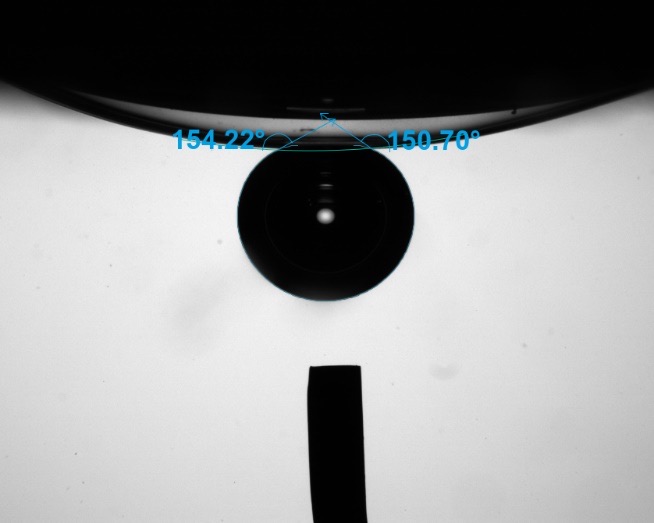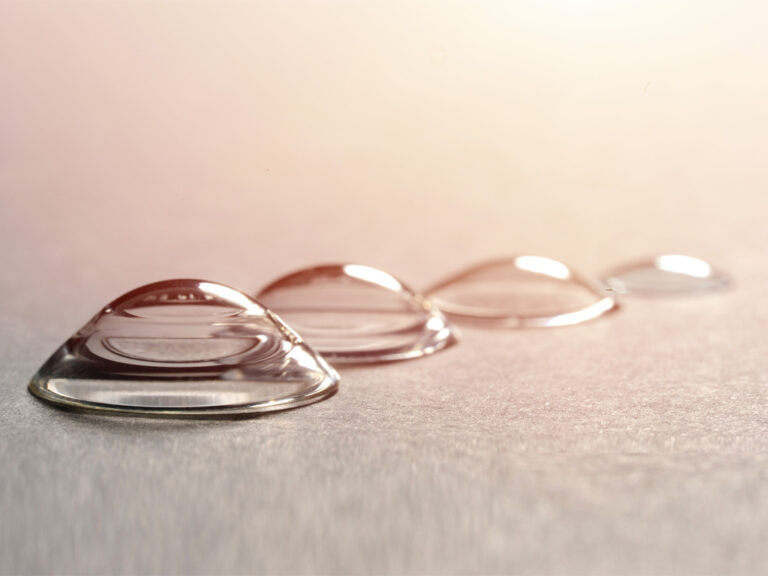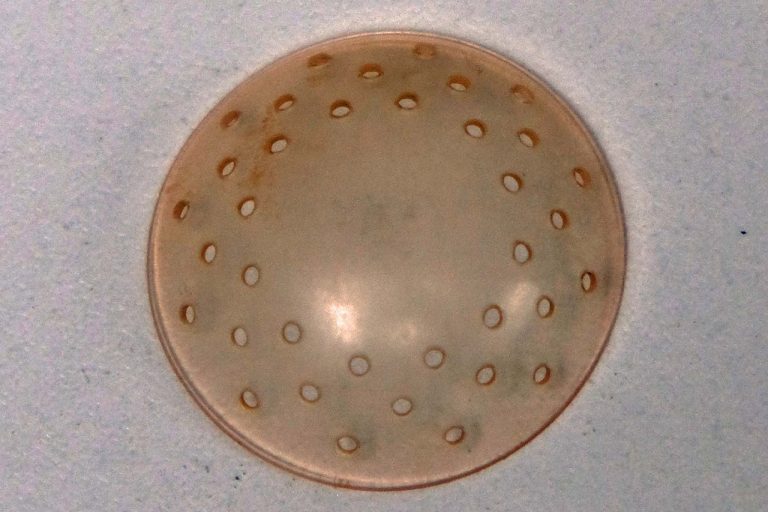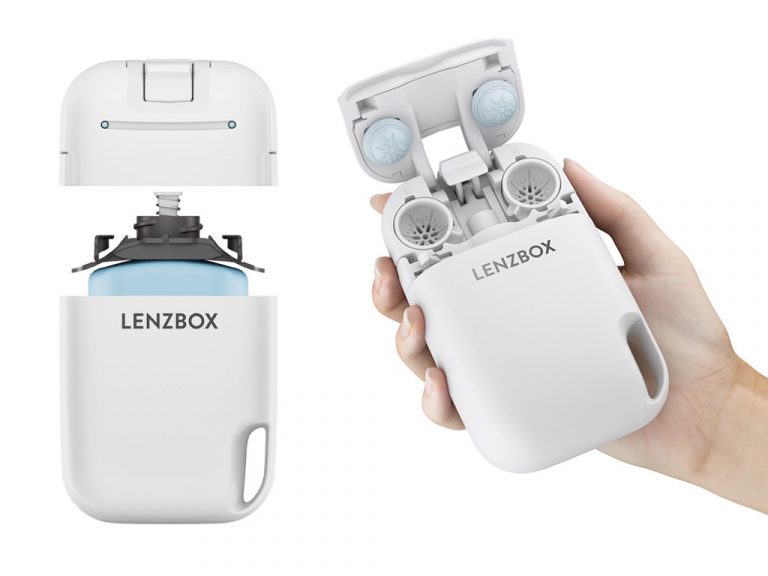Lab consultation
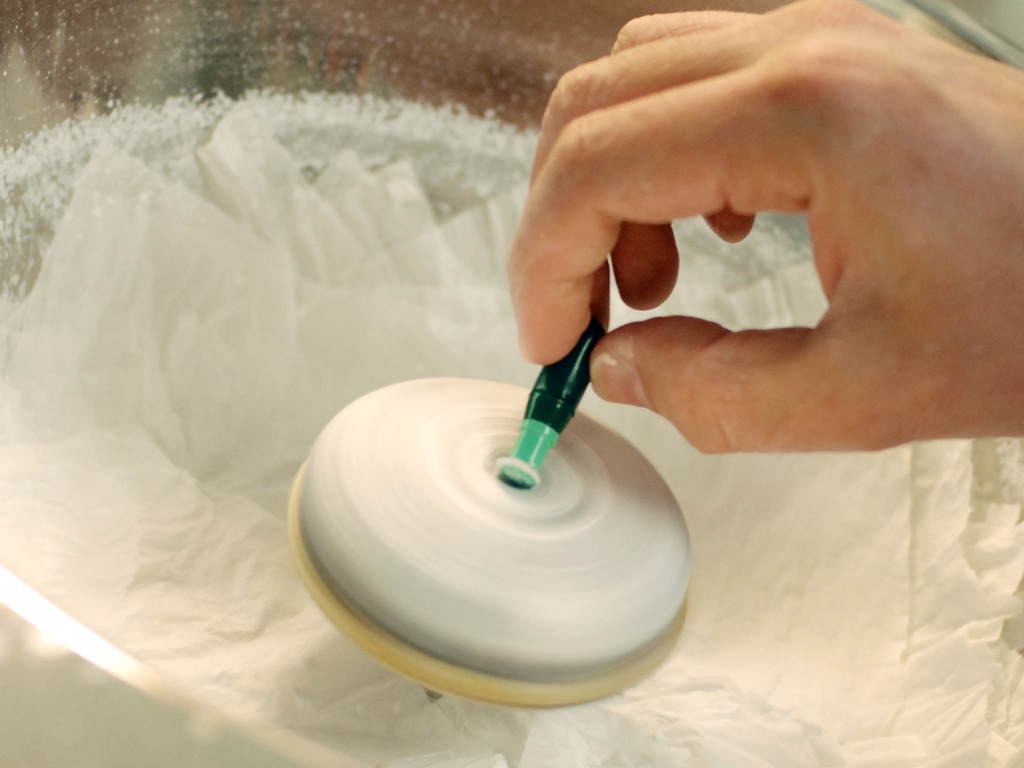
Working together
We are assisting a start-up lab with developing their process to make contact lenses, both corneal and scleral. The owner does not have a manufacturing background and has a local optometrist who is advising her on the blocking and finishing aspects of contact lens manufacturing. The optometrist has a one-person lab in his office and has fitted lenses for over five decades.
On a recent call, the optometrist and the new lab owner were placing an order for a lens modification (beveling) machine, diamond coated tooling, and brass tooling. We discussed the various radii of the tools and the relative merits of the options of the blocking tooling and related process. Personally, I was thinking that the use of diamond coated tools on the CNC turned geometry was a bad idea. Why? First off, how do you know what the modified geometry is in case you need to do a re-fit? Second, why wasn’t the original design “correct”? Third, diamond grinding the PC requires significant post polishing. Fourth, the procedure requires a highly skilled technician for a successful outcome.
We have been building beveling and modification machines since we started in business 40 years ago. In the last decade, the sales of the models of multi-spindle units (used in-lab) have fallen by about 90%. Sales of clinic one-spindle units have stayed fairly steady. Sales of diamond modification tools have fallen off along with the in-lab machines. Sales of sponge tools for cleaning, power changing, and edging have remained steady.
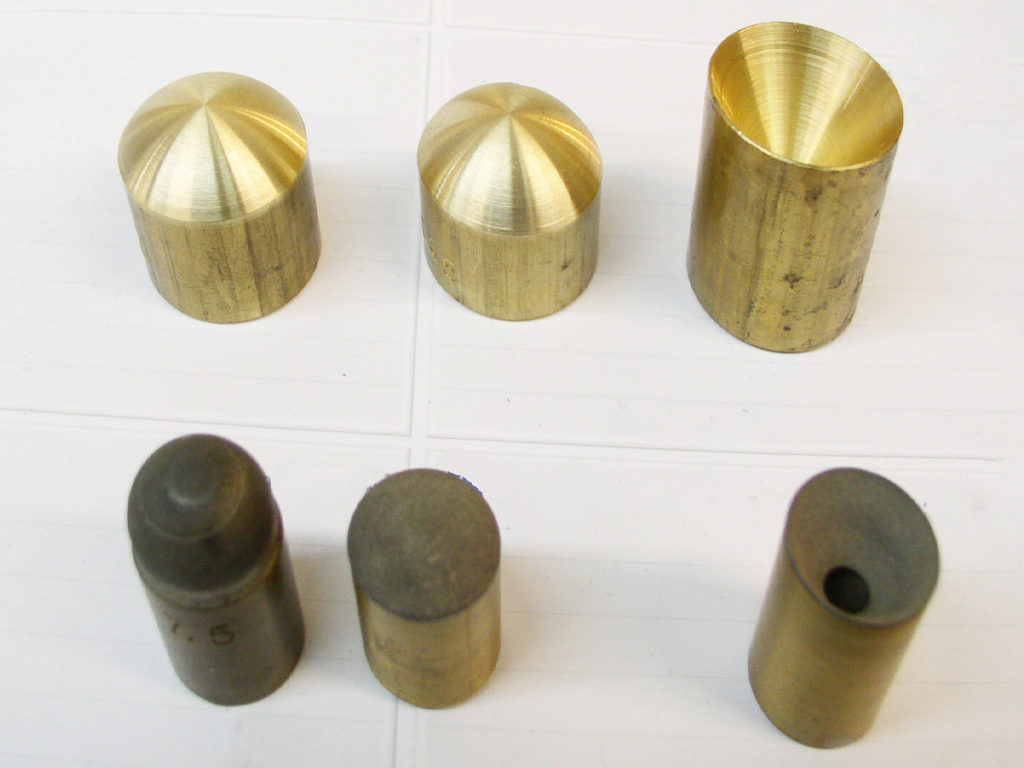
Tooling options
We also discussed the blocking tooling (arbors) they wanted for scleral lens production. After a few minutes, I realized that they planned on using corneal (12.7 mm diameter) radiused arbors to block the scleral base curves up to 19 mm. That meant that the part of the lens bigger than 12.7 mm diameter would be unsupported by the arbor; the PC would be sitting on a large volume of blocking compound. I ended up sending a few samples of corneal and large diameter scleral arbors for them to try out. In recent years, we have offered a variety of colored arbors that can serve as a color code for a narrow range of lens posterior geometries in order to maintain an approximate uniform wax thickness. The various arbors are to be turned to roughly match the back geometry.
In early 2015 I submitted an article called “The Legacy Lab”. It discussed the difference between two start-up labs: One set up by an “old school” manager and the other by a manager who understood and embraced the full capabilities of state-of-the-art machines and processes. (This article can be viewed on our website or in the GlobalCONTACT-App.) Although, I did not specifically discuss lens modifications, I think that it was implied that modern methods and instrumentation resulted in lenses that did not require modifications. The reduction of sales of modification tooling and machines supports this notion.
So, what is the solution for the lab owner we are working with? The key part is “we are working with”. We will continue to provide the products and services requested and make suggestions along the way to make their endeavor successful.


